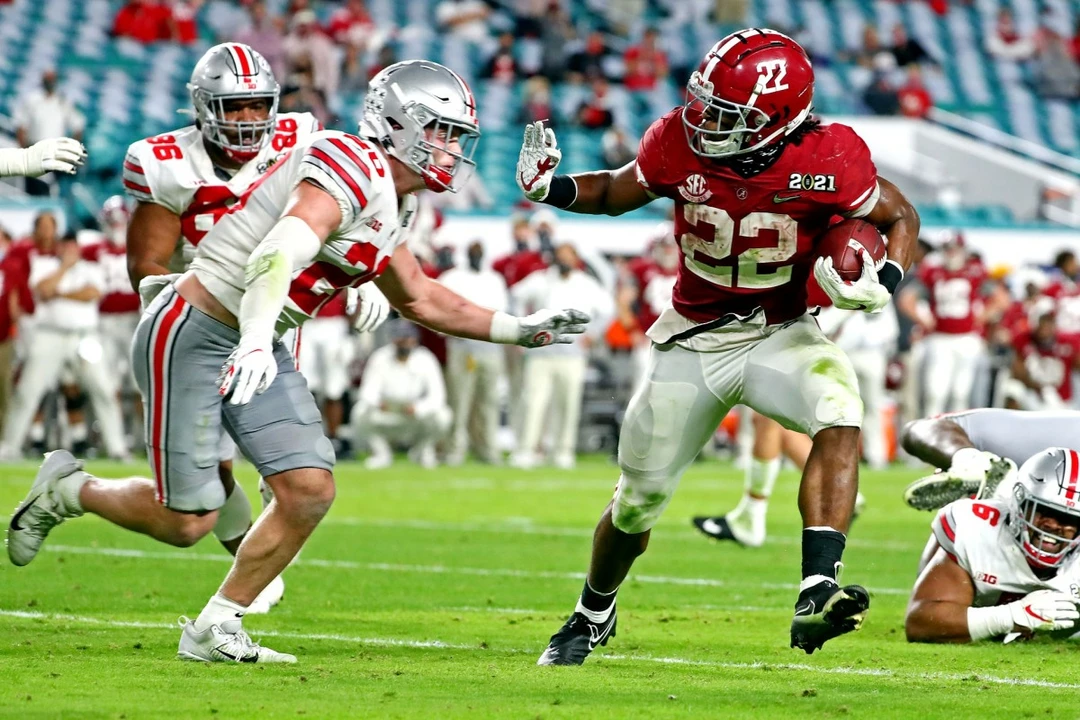Introduction: The Great Football Debate
As a dedicated football fan, I've always been curious about the differences between college football and the NFL. One question that often comes up is whether college football games take longer than NFL games. In this article, I'll dive into the factors that contribute to the length of football games and break down the differences between college and NFL games. So, let's get started on our journey to discover the answer to this great football debate!
Factoring in Game Clock Rules
One of the main factors that can influence the length of a football game is the game clock rules. In college football, the game clock stops after a first down, allowing the chain crew to reset before resuming play. This can add a considerable amount of time to the game, especially if there are frequent first downs. In the NFL, the game clock only stops for out-of-bounds plays, incomplete passes, and penalties. These differences in clock rules can significantly impact the overall length of a game.
TV Commercial Breaks and Broadcasts
Another factor that can affect the length of a football game is the number of commercial breaks and broadcasts. College football games tend to have more commercial breaks than NFL games, which can add to the game's overall length. Additionally, college football broadcasts often include more pre-game, halftime, and post-game coverage, which can further extend the viewing experience. NFL games, on the other hand, typically have shorter commercial breaks and less extensive broadcast coverage.
Halftime Shows and Entertainment
Halftime shows and entertainment can also contribute to the length of a football game. College football games often feature elaborate halftime shows with marching bands and other performances, which can take longer to complete than the standard NFL halftime show. Furthermore, college football games may include additional entertainment during timeouts and breaks in play, adding to the overall game length. NFL games, however, usually have a more streamlined halftime show and fewer entertainment breaks during the game.
Overtime Rules: College vs. NFL
Overtime rules in college football and the NFL also play a role in the length of a game. In college football, each team gets one possession from the opponent's 25-yard line, with the ability to score a touchdown or field goal. If the game remains tied after both teams have had a possession, the process repeats until a winner is determined. This can lead to multiple overtime periods, significantly extending the game's length. In the NFL, a 10-minute sudden-death overtime period is played, with the first team to score winning the game. If neither team scores in the 10-minute period, the game ends in a tie, limiting the potential for extended game time.
Gameplay Style and Strategy
The gameplay style and strategy employed by college football teams can also contribute to longer game times. College football often features a more aggressive offensive approach, with teams more likely to attempt trick plays, onside kicks, and other unconventional strategies. This can result in a higher number of plays and increased game time. In contrast, the NFL tends to have a more conservative offensive approach, focusing on ball control and time of possession, which can shorten game times.
Penalties and Reviews
Penalties and reviews can also play a role in the length of a football game. College football games tend to have more penalties called than NFL games, which can stop the clock and prolong the game. Additionally, college football has a more extensive instant replay review system, with coaches able to challenge more types of plays than in the NFL. This can lead to longer breaks in play and, ultimately, longer game times.
Average Game Length: College vs. NFL
So, what does all this mean for the average game length of college football versus NFL games? According to various studies and statistics, college football games do indeed tend to take longer than NFL games. On average, college football games last around 3 hours and 24 minutes, while NFL games clock in at around 3 hours and 12 minutes. While this difference may not seem significant, it can certainly be felt when watching a game from start to finish.
Conclusion: The Verdict on Football Game Length
In conclusion, college football games do generally take longer than NFL games, with factors such as game clock rules, commercial breaks, halftime shows, overtime rules, gameplay style, and penalties all playing a role in the overall game length. While the difference in game time may not be drastic, it's essential to consider these factors when planning your football-watching schedule. So, the next time you're settling in for a day of football, be prepared for the possibility of a longer viewing experience when watching college games!
